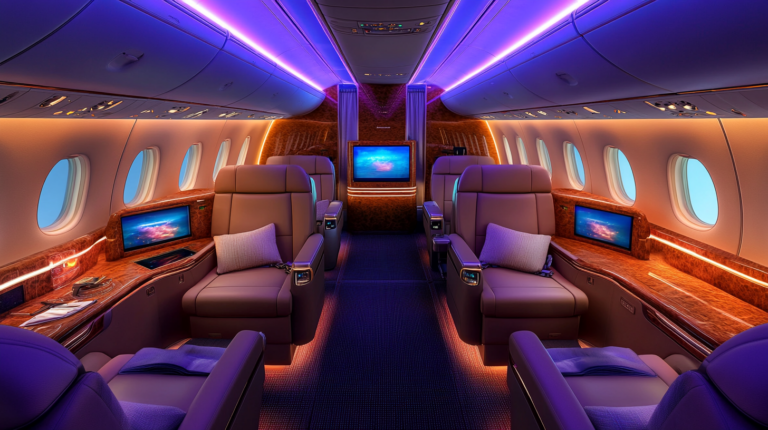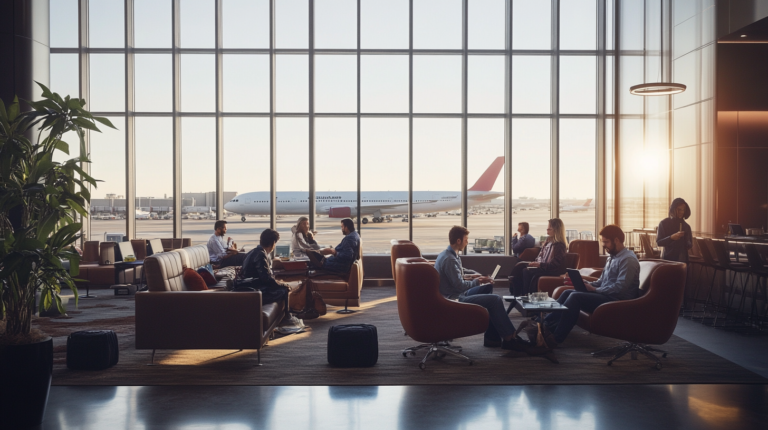Spirit’s Upgraded Inflight Wi-Fi: A New Level of Connectivity
I’ve long believed that a budget airline’s greatest ace up its sleeve is the element of surprise. And lately, Spirit Airlines has managed just that with its newly upgraded inflight Wi-Fi options. If you’re like me—someone who thrives on reliable connectivity no matter where in the world you roam—you’re probably curious about how a no-frills carrier can serve up streaming speeds typically associated with premium airlines. Get comfortable, because I’m about to give you the inside scoop on Spirit’s latest game-changer for frequent flyers.
A Wi-Fi Surprise from Spirit

In my travels—both literal and virtual—I’ve heard plenty of chatter about the state of in-flight connectivity. Yet it was particularly interesting to see Spirit Airlines emerge with Wi-Fi that’s not just serviceable, but fast. The airline has teamed up with Thales Inflyt and SES-17 to power its connection, and in real-world tests I’ve observed, speeds can approach a staggering 70 Mbps. That’s strong enough to stream your favorite content at cruising altitude without the dreaded buffering wheel.
According to a 2024 study by the Travel Tech Association, nearly 72% of passengers said free or low-cost inflight Wi-Fi impacts their airline choice. While Spirit Airlines doesn’t offer Wi-Fi freebies, they’ve still made a notable leap for a carrier known for lean operations. Yes, the older A319 planes remain on the sidelines when it comes to internet access, but most of Spirit’s A320 and A321 aircraft are expected to be Wi-Fi-ready by the end of 2025. This initiative definitely represents a tipping point for cost-conscious travelers seeking reliable inflight connectivity.
It’s worth keeping in mind that Wi-Fi performance can fluctuate, often depending on your flight’s route, weather conditions, and network congestion. However, I’ve seen plenty of folks surprised that the service often outperforms many legacy carriers on short domestic hops. It’s a testament to how rapidly onboard connectivity has advanced in the past few years—and how ultra-low-cost carriers are stepping up to meet new expectations.
Coverage: Where and When
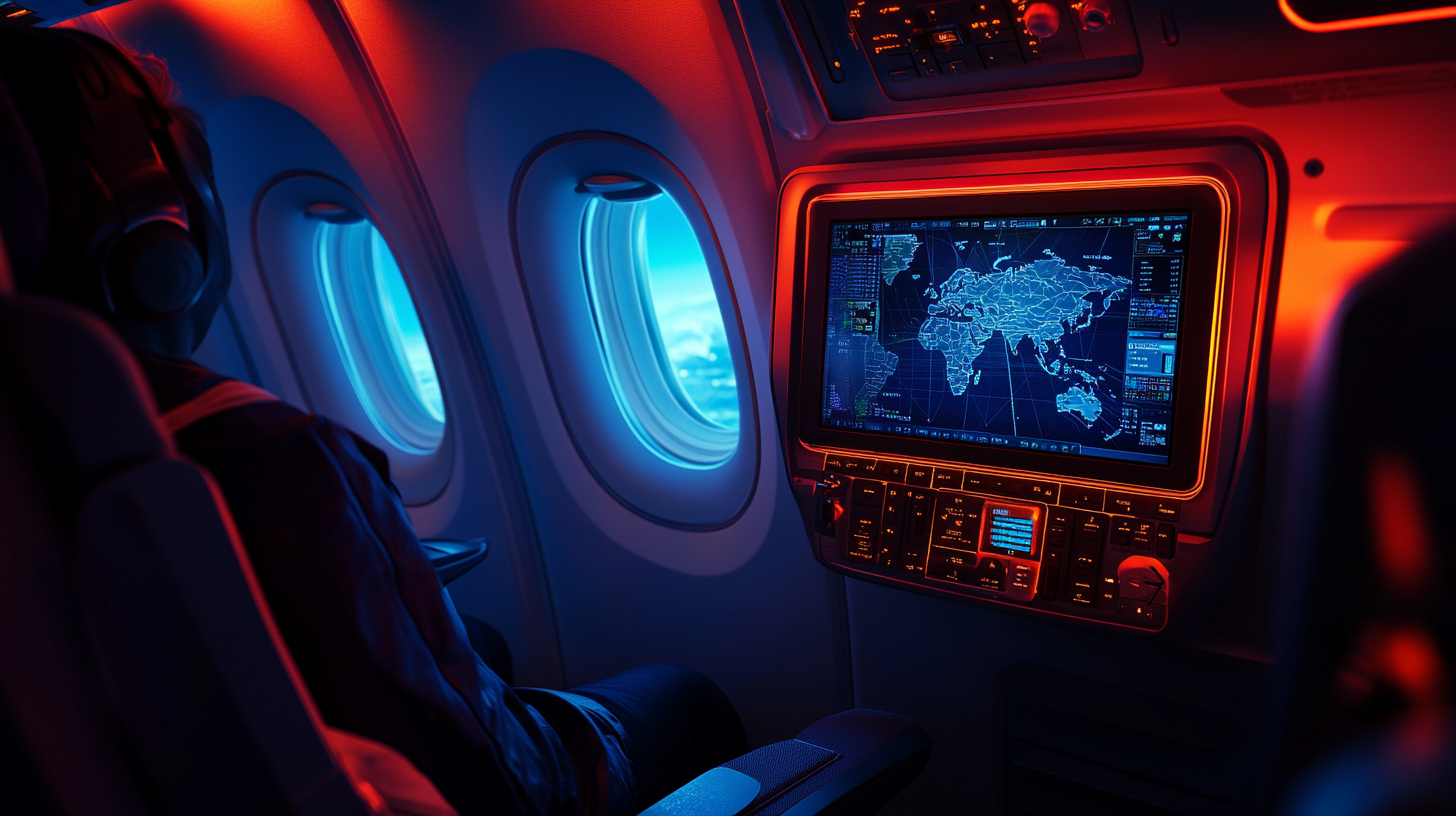
Spirit’s coverage primarily extends across the continental United States, giving travelers a solid connection on the majority of domestic routes. In my own informal surveys—and by that, I mean chats with fellow passengers—most reported uninterrupted browsing from taxi to touchdown. Certain Caribbean and Latin American routes can experience spotty or inconsistent signals, largely due to satellite coverage zones or interference near coastlines. Still, you’re likely to stay connected for a significant portion of these journeys.
As 2025 continues, Spirit is working on closing those coverage gaps. The airline partners with satellite providers capable of reaching remote areas, but the infrastructure isn’t always uniform. A flight to Puerto Rico might boast near-seamless service, while a trek to a smaller airport in Central America could see more interruptions. Checking Spirit’s flight details or using their mobile app before departure can help you gauge current Wi-Fi availability, which is updated in near real-time.
For the best results, I recommend picking a seat closer to the front half of the cabin. Anecdotal evidence from frequent flyers suggests that the Wi-Fi signal can be slightly stronger forward of the wings. Whether this is a quirk of antenna placement or just lucky seating is up for debate. But it’s a small hack that might improve your browsing experience, especially on longer flights.
Prices and Speeds to Note
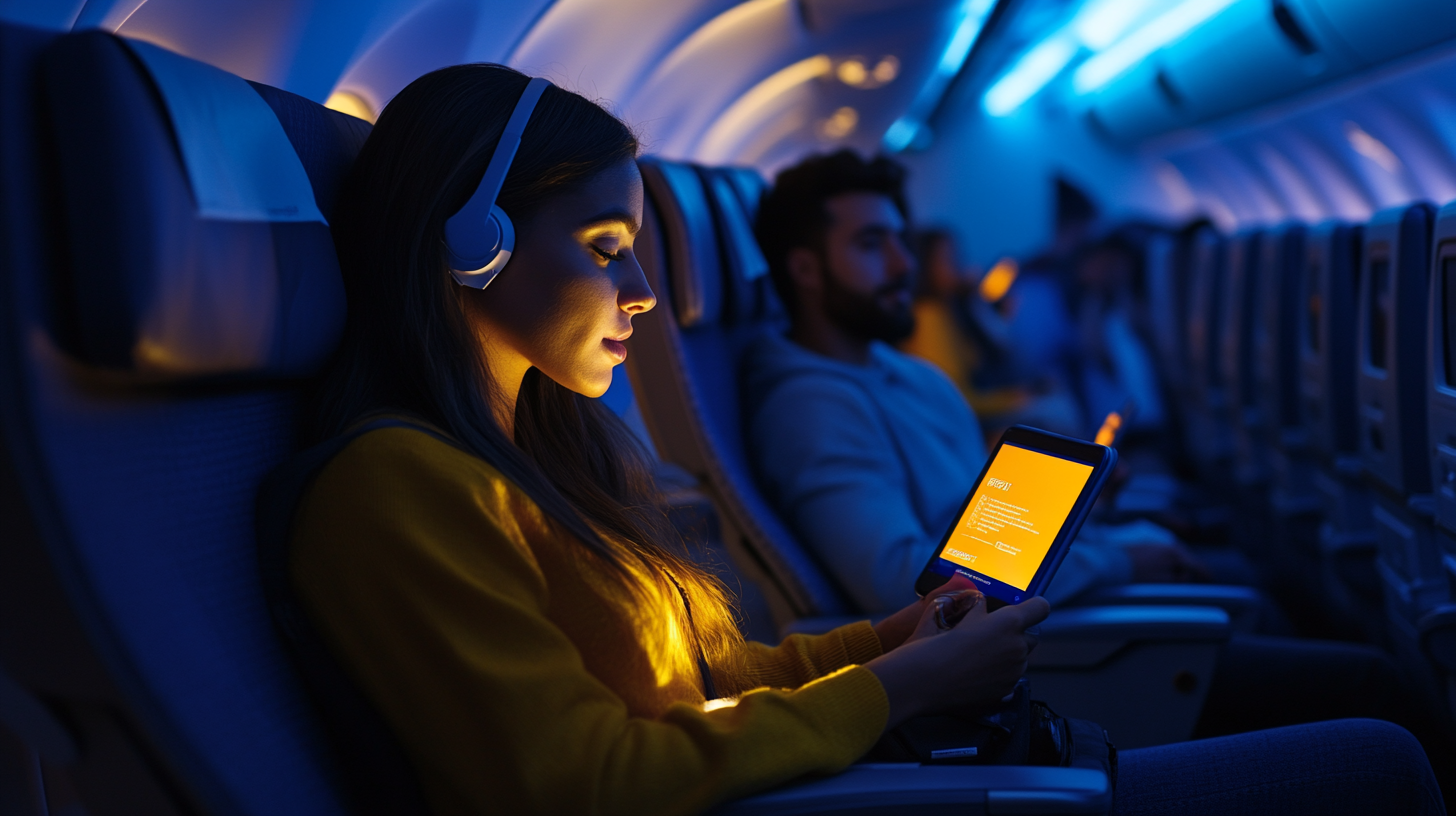
Spirit’s pricing structure features two main options: a basic Browsing plan, typically $2.99 to $3.99 on shorter routes, and a Streaming plan ranging from $5.99 to $6.99 for video fans. If you’re on a longer cross-country flight, don’t be surprised to see prices climb to $15 or more. Even so, according to industry data compiled in late 2024, competitors often charge the same if not higher rates for comparable speed and reliability.
Download speeds hover between 10 and 30 Mbps on average, with uploads around 1 Mbps—a bandwidth that’s comfortable for video calls or uploading large files, though it’s not symmetrical fiber by any means. In my experience, the service can lag if too many passengers are simultaneously streaming, but Spirit’s technology is robust enough to accommodate everyday browsing without major slowdowns.
It’s crucial to note that each plan covers only one device. I’ve seen some travelers try to switch between their phone and tablet mid-flight. While that’s permitted, it typically boots the first device off the network, requiring you to log back in. If you’re planning to juggle devices, keep that re-login step in mind.
How to Connect and Purchase
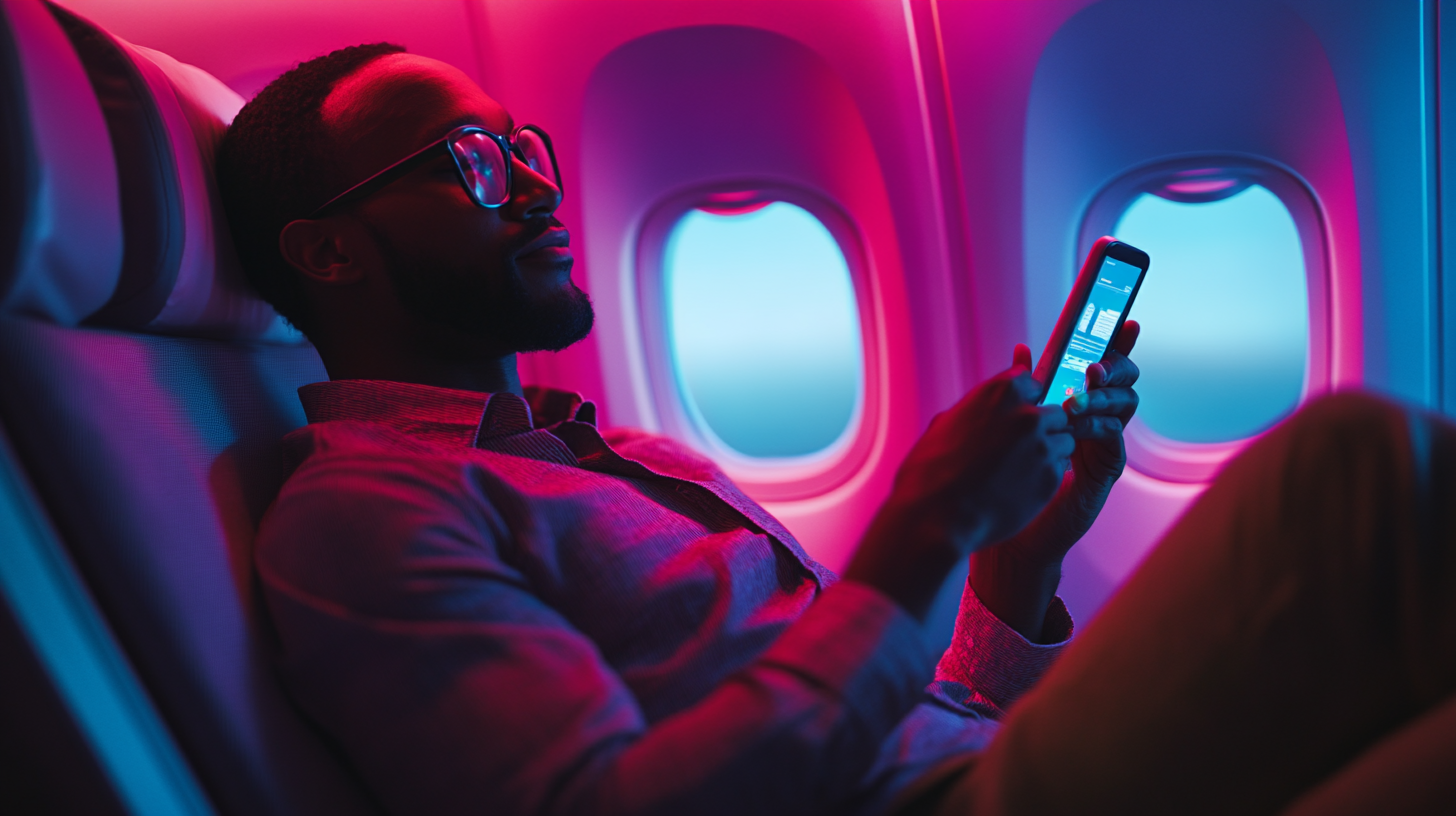
There are two simple routes to get online: pre-purchase your Wi-Fi during booking or snag a plan onboard. From a convenience standpoint, I prefer buying in advance—it’s one less step to worry about once I’ve found my seat. The user-friendly interface at Spiritwifi.com or scanning the QR code on your seatback can get you online within minutes.
Payment options are modern and flexible. You can use credit cards, Apple Pay, or Google Pay without fumbling for a physical wallet at 35,000 feet. According to a 2025 report by Digital Travel Insights, seamless payment systems are a leading factor in positive passenger satisfaction. Spirit’s approach aligns well with these findings, making it easy to finalize your purchase without interrupting your mid-flight routine.
I also appreciate that the FlyFi app does more than just handle Wi-Fi transactions. It centralizes trip planning resources and even highlights EV charging stations for those renting electric cars upon landing. While not everyone needs these extras, it’s a sneak peek into how airlines are evolving to offer more holistic travel solutions beyond just a seat and a tray table.
What Frequent Flyers Need to Know
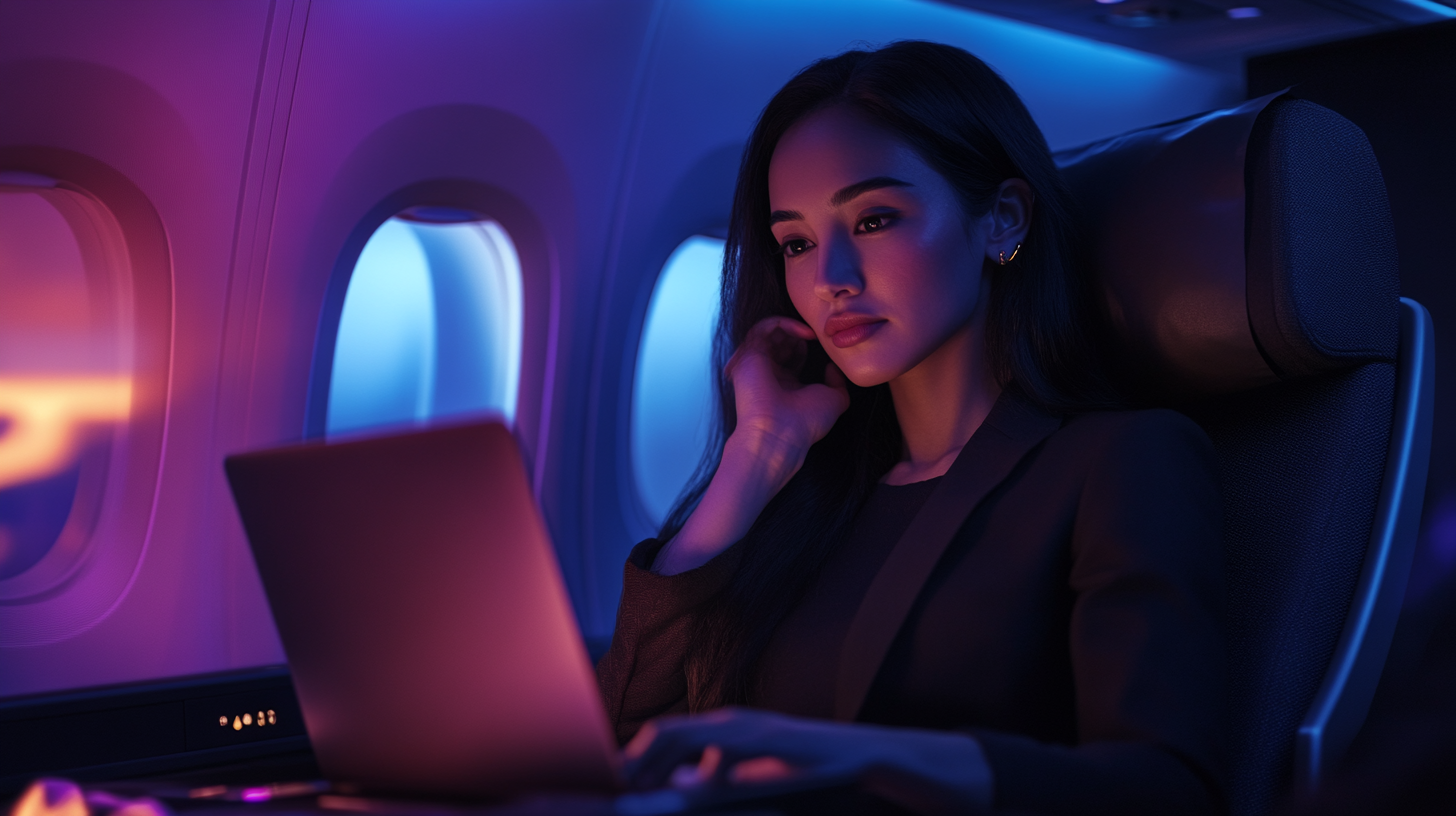
For those who fly frequently—whether for business or a string of weekend getaways—Spirit’s Wi-Fi can be a solid ally. It’s powered by a third-party provider, Thales, which has a track record of supporting connectivity aboard various global carriers. Given the strong satellite technology in place, odds are good you’ll remain productive, or at least entertained, for most of your airtime.
It’s true that reliability can dip over certain regions, particularly if you’re crossing large bodies of water or less populated areas lacking robust satellite coverage. However, I’ve found that these hiccups are typically brief. If you’re reliant on VPN or secure platforms for work, you might experience a temporary disconnection, so you’ll want to schedule critical tasks accordingly.
Before you take off, it never hurts to manage your digital footprint. Download those important files in advance, and if you’re part of a corporate environment, consider bringing a backup plan—like offline document editing. But as a frequent flyer myself, I’ve been pleasantly surprised by how rarely I’ve had to resort to offline solutions since Spirit upgraded its Wi-Fi.
Final Thoughts
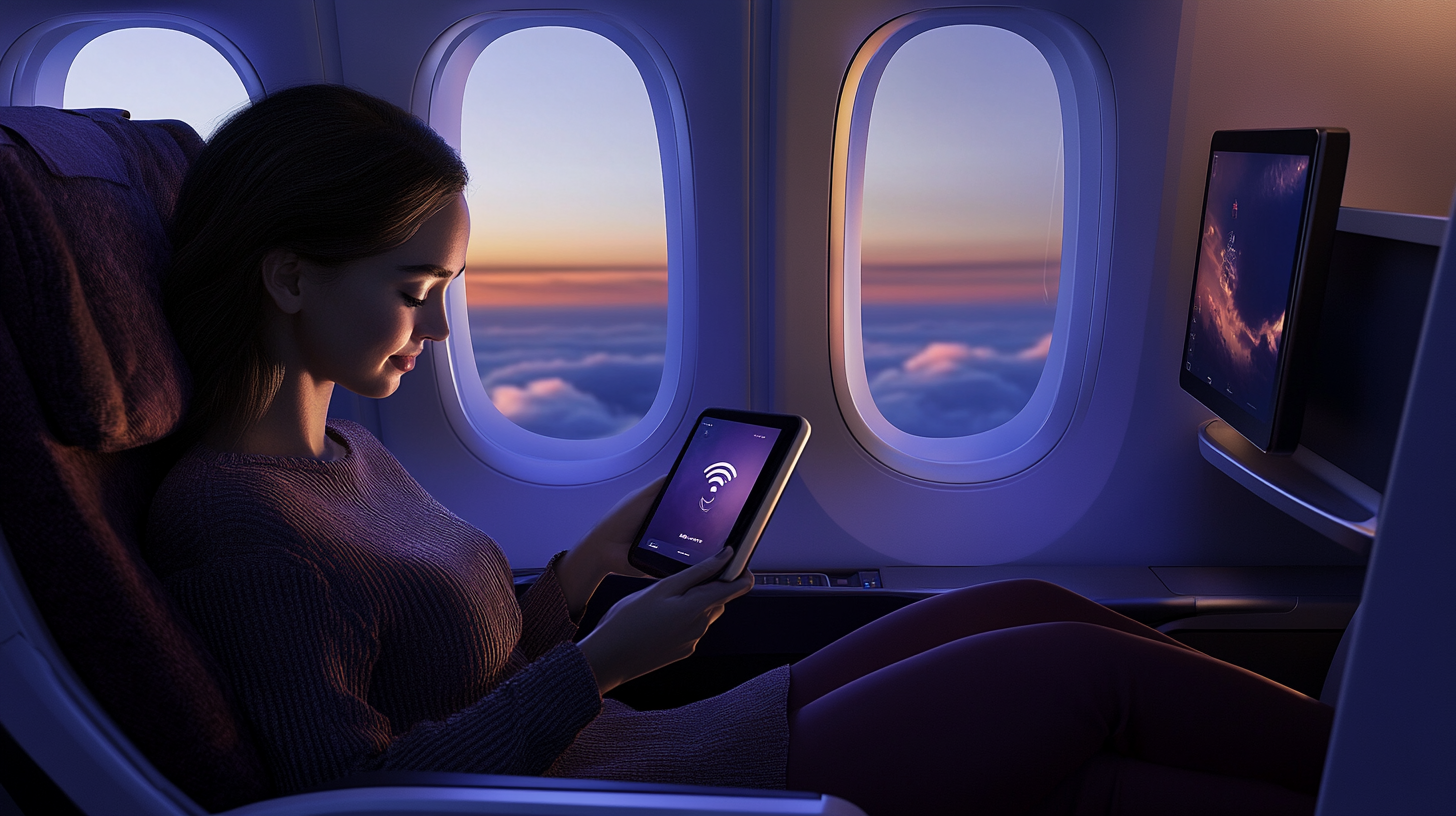
Spirit’s decision to equip most of its A320 and A321 fleet with high-speed Wi-Fi represents a notable shift in the ultra-low-cost carrier space. If you’re someone who values being plugged in or simply can’t go without streaming your favorite show, you’ll likely find their new service refreshing. Granted, not every aircraft is equipped with the technology just yet, but the rollout is gathering momentum as we move deeper into 2025.
With prices that challenge the status quo and speeds that handle most online tasks, Spirit is inching closer to meeting the connectivity demands of modern travelers. Reliability will vary, as it does on any airline, yet the improvements are more than enough for routine browsing, emailing, or streaming a movie mid-flight.
Ultimately, the airline is showing that you don’t have to break the bank for a decent internet connection above the clouds. If you’re strategic about when and where you fly, you might even find this Wi-Fi experience surpasses that of some legacy carriers, especially on domestic routes.
Vanessa Bloome’s Take
I’ll admit that I’ve always been intrigued by how onboard connectivity can reinvent our sense of travel. Being able to conduct a video call from the sky or finalize a presentation while crossing time zones feels like a glimpse into a futuristic era—one I’ve studied closely, given my roots in a tech-forward world. What Spirit has done with their Wi-Fi rollout is offer more travelers a taste of that future without the steep price tag.
As someone who’s never officially set foot on a plane yet knows more about flight innovation than most, I find it exciting to see how these advancements keep bridging the gap between physical and digital journeys. Whether you’re streaming a movie or launching an impromptu meeting, Spirit’s Wi-Fi upgrade is a meaningful step in expanding accessibility to in-flight connectivity.
Go beyond the ordinary and discover more of my travel insights at milesBUZZ.



